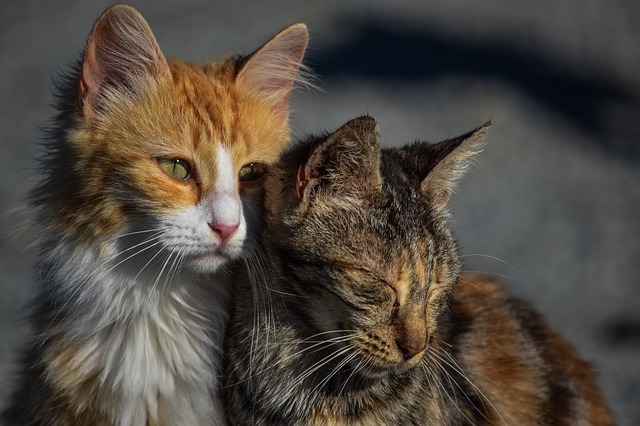Allyson Pimentel, psychologist and meditation teacher, often focuses on connection to overcome a sense of separation. In her recent meditation podcast, her topic was Sit So You Can Stand – suggesting that through meditation we are better able to deal with life vicissitudes. Her underlying theme was welcoming everything into your life – accepting “what is” with openness and curiosity. Through openness and freedom from assumptions and stereotypes , we can truly appreciate the richness of our lives.
The richness of our life
There are so many things that we take for granted in our life. Gratitude meditation and the mindfulness practice of savouring what we have, can enrich our life, develop positive mental health, and reduce negative feelings associated with envy or resentment. In the introduction to her meditation podcast, Allyson takes these considerations one step further. She focuses on the richness and diversity of the people with whom we connect and, in particular, with those engaged in the virtual meditation practice that she was facilitating.
Allyson read a short anonymous piece called, Radical Welcome. The text highlights the process of welcoming everyone and acknowledging the diversity and richness of all who are present – welcoming those who are child carers/elder carers/ mental health supporters; those who have a fast internet connection/ slow connection/ disrupted connection; those who bring greater diversity to the meditation through differences in ethnicity, race, or ancestral origin; those who are experiencing the ease of wellness together with those who are suffering from chronic illness. The welcoming process was inclusive of gender and religious differences; of the young and not so young; of those who educate and those who are learning; of the doubts, questions, uncertainty and searching of people present; of the hearts, minds, and bodies of all who form part of the common endeavour.
To give some practical application of the welcoming process, Allyson encouraged everyone to look at the “gallery view” of those who were present and to wave to acknowledge others. Looking at everybody opens our eyes and minds to the diversity of those present and this is enhanced if people have previously identified their location in the text box. These practices in a virtual meditation environment help to make us more aware of the richness and diversity of people we interact with a on a daily basis – we are often too preoccupied with ourselves, our stories, our needs and our perceptions to appreciate what others bring to our lives. To reinforce this connectedness, Allyson began the podcast meditation with an invitation to take a collective, deep breath while noticing the infusion of energy on the in-breath and the release of tension on the out-breath.
Guided meditation
In the guided meditation, Allyson encouraged us to feel the support of the chair and the earth, to tap into our natural breathing process, and to progressively focus on the noises in the room – including their coming and going and the silences in between. She stressed the importance of choosing an anchor that we can return to if we are distracted by our thoughts, e.g., by worries, negative self-evaluations, or planning our day.
Most of the meditation was undertaken in silence – with a focus on the sense of connection with everyone present, while acknowledging the richness of diversity.
Reflection
Allyson’s podcast meditation offers us an opportunity to call to mind the differences we encounter in people we interact with on a daily basis. As we grow in mindfulness through meditations such as this podcast, we can become more conscious of the differences in the people we encounter and the potential richness of the interaction. Mindfulness also makes us more aware of our own perceptions, biases and assumptions that could act as barriers to truly acknowledging others, mindfully listening to them, and valuing their differences. Creativity and innovation lie within diversity if we adopt openness and curiosity to learn about, and understand, differences.
___________________________________________
Image by Gerd Altmann from Pixabay
By Ron Passfield – Copyright (Creative Commons license, Attribution–Non Commercial–No Derivatives)
Disclosure: If you purchase a product through this site, I may earn a commission which will help to pay for the site, the associated Meetup group and the resources to support the blog.



